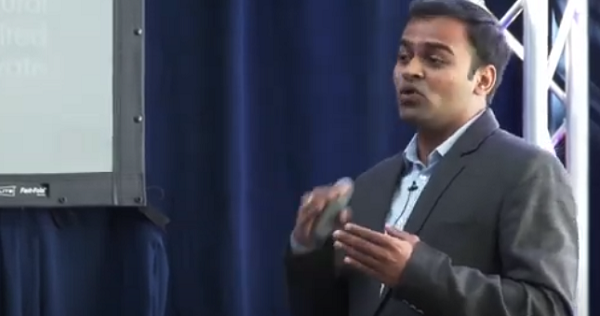
With AI’s purveying synthetic experiences that cannot emulate authenticity, yet manage to trend on all levels of the viral, technologists have proposed projects that incorporate machine learning and furtively canned responses to the entire scope of commercialized infrastructure. While the pursuit of intellectual property and content remains the focus of current efforts chasing billions of dollars, the expansion of basic concepts encapsulating manufacturing and environmental engineering is a startling development for innovation that has yet to be verified and vetted. As Hollywood writers and celebrities prepare for the inevitability of intricate copycat schemes and the potential loss of lucrative fortunes, as audiences are unable, nor care to distinguish between the reality and the perceived, the under the radar research of linear applications is an organic and natural consequence of hysteria intermixed with ingenuity.
A bold campaign by an MIT scientist involving an intricately automated infiltration framework illustrates the laissez-faire environment of a world that is dominated by dreams, yet relies on tangibility which is supposedly relegated by a parsimonious deity. Deepak Dugar, a graduate of the prestigious institution is attempting to interface symbiosis and severely slash carbon emissions from manufacturing processes, a methodology that may expend more energy than utilized, and a possible causality of the cost-benefit analyses that are based on idealism and hope, rather than effectiveness.
While the gameplan to introduce synthetic components as a glorified CO2 scrubber in converting the molecule into mavolenic acid which ultimately yields a rubber-like substance isoprene looks good on paper, the scalability of the venture both on a commercial and practical level is simply not possible due to engineering and thermodynamic confines. Dugar, who founded the startup Visolis, plans to streamline certain industrial operations that allegedly will have a negative CO2 impact, a goal of course described through the vernacular of an individual influenced by the basic tenets of the environmental movement. The fundamental aspects of the venture at least on a surface level are brilliant and pass all the tests of a business model that could go viral, from resonating with climate alarmists, to adhering to Al Gore’s cottage industry of the “green” label earning billions of dollars simply based on perception, and not results.
As Dugar will certainly enjoy an early retirement after receiving multitudes of venture capital and federal grants, unfortunately through the lens of the cruel tidings of everyday arduous life, excitement and enthusiasm often ignores the big pictures, and the massive impacts that transcend the comfortable confines of a laboratory, and the leisurely musings of publishing a journal and a white paper.
Currently, 70% of the planet’s rubber supplies are produced through synthetic means which involves hydrocarbons and is highly efficient. Within this red flag scenario to environmentalists, the cost-benefit analysis is simply not acceptable for the pending doom of Earth by 2050. However, the remaining percentage of the compound is manufactured through the bi-products of rubber trees, a species that grows within tropical rainforests which are prevalent amid developing nations headlined by Thailand. The plausibility that Dugar’s campaign could undercut the income and livelihood of third world farmers is simply an oversight, similar to the illogical premise of strict environmental standards drafted, yet not enforced in country’s that lack the infrastructure to implement any effective policy. Notably, the vast empire of China is the leading producer of synthetic rubber on the globe, and taking the pressure off of Beijing and removing the foot from the dragon’s neck has ramifications that supersede the concept of sustainability and bleed into politics and security concerns.
One intriguing facet of the Visolis research is the possibility of refining jet fuel from isoprene, however the process is highly experimental, and again the energy requirements are staggering considering the net gain. Given the circumstances, liberal politicians will continue to travel via their preferred method in the high altitude jetways, while they attempt to shame their constituents from experiencing the same conveniences in reaching a destination. The laws of political thermodynamics clearly define that the heat energy created by perpetual incredulity has an impact on the climate far more profound than the most toxic industrial waste site of discarded Tesla batteries in a Tibetan (Lhasa) valley supervised by China.